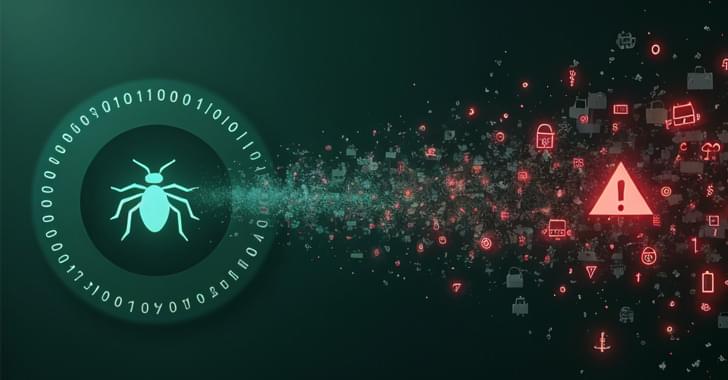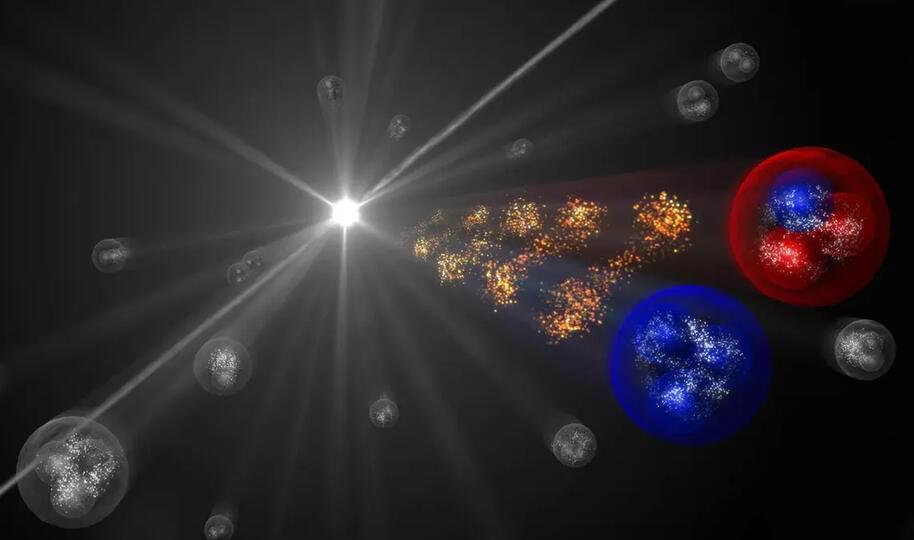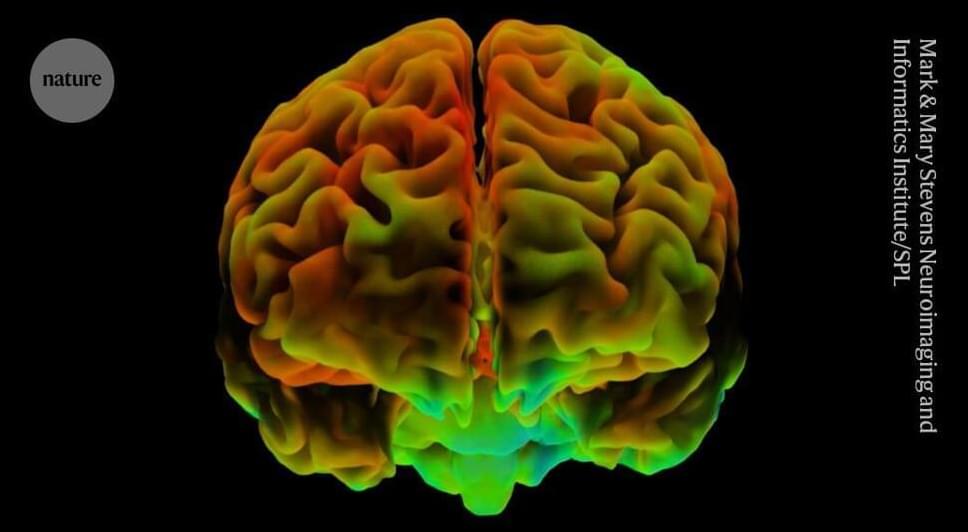Brazilian hacker charged with $3.2M Bitcoin extortion for stealing data from 300,000 users in 2020.
Ruijie cloud flaws risk 50,000 devices; Open Sesame bypasses MQTT. Patches issued post-disclosure.
LLMs can create 10,000 malware variants evading detection with 88% success, degrading ML classifiers and risking AI model security.
WhatsApp wins U.S. court ruling against NSO Group for Pegasus misuse; 43 intrusions revealed, damages trial ahead.
Northwestern University engineers have successfully demonstrated quantum teleportation over fiber optic cables actively carrying Internet traffic, marking a significant step toward practical quantum communication networks that could use existing infrastructure.
Published in Optica | Estimated reading time: 4 minutes
“This is incredibly exciting because nobody thought it was possible,” said Northwestern’s Prem Kumar, who led the study. “Our work shows a path towards next-generation quantum and classical networks sharing a unified fiber optic infrastructure. Basically, it opens the door to pushing quantum communications to the next level.”
Although each condition occurs in a small number of individuals, collectively these diseases exert a staggering human and economic toll because they affect some 300 million people worldwide. Yet, with a mere 5 to 7 percent of these conditions having an FDA-approved drug, they remain largely untreated or undertreated.
Developing new medicines represents a daunting challenge, but a new artificial intelligence tool can propel the discovery of new therapies from existing medicines, offering hope for patients with rare and neglected conditions and for the clinicians who treat them.
The AI model, called TxGNN, is the first one developed specifically to identify drug candidates for rare diseases and conditions with no treatments.
Identifies possible therapies for thousands of diseases, including ones with no current treatments.
Dark matter, antimatter, W bosons and neutron lifetimes all feature in our top 10 stories.
Deepseek-ai/DeepSeek-V3
Posted in robotics/AI
A device that delivers a small electrical current to the brain has beneficial effects in cases of depression that doesn’t respond to drugs or therapy.









